"Make it so: VTT and Rolls-Royce imagine the ship's bridge of 2025"
by David Szondy
March 17, 2014
Source:
http://www.gizmag.com/future-ship-bridge-2025/31250/
by David Szondy
March 17, 2014
Source:
http://www.gizmag.com/future-ship-bridge-2025/31250/
Horatio Hornblower meets Jean-Luc Picard on the ship’s bridge of 2025 as Finnish applied research organization VTT and Rolls-Royce present their vision of seafaring ten years from now. Presented in 3D animation videos that projects current technology to the near future, the study shows a world where ship captains call on heads-up displays and high-tech workstations turn the bridge into an augmented reality command and control system.
What will the bridges of tugs, cargo ships, and platform supply vessels be like in 2025? Rolls-Royce Marine, VTT, and Aalto University have attempted to answer that question as part of a Finnish Metals and Engineering Competence Cluster (FIMECC) User experience and usability in complex systems (UXUS) program. The project, which wound up in 2013, was based on studies of crew operations, and drew on input from crew members, ship captains and first mates. The resulting augmented bridge workstation designs have been converted into 3D animations produced by TrollVFX.
A major part of the program is the Rolls-Royce OX concept, which presents a personalized bridge that’s more like something out of Thunderbirds than Moby Dick. The conventional helm is replaced by a workstation that identifies different users and adjusts the helm station to custom presets for chair adjustment, and control and display configurations. The windows form an adjustable heads-up display with visual augmentation that enhances situational awareness. With this, the captain can “see through” the deck, so a crewman is visible on the augmented display even if the deck or equipment is in the way.
The screen can also show the route of one’s own ship and others, obstacles hidden by fog and other weather conditions, thermal night vision, sea ice conditions along the planned route, share points of view with deckhands and enhance them with augmented markers, and share information in real time between two vessels.
"The project has successfully combined experience-driven design, in-depth psychological and operational analysis of tasks, and the envisioning of future technological solutions, and has packaged them in the form of impressive, futuristic videos that will inspire actors in this field to adopt user experience based solutions," says UXUS Manager Maaria Nuutinen.
The heads-up display shows information from other ships
Another FIMECC UXUS project, which is ongoing and involves VTT, Rolls-Royce Marine and University of Tampere, is looking at remote control of ships as a way of improving efficiency and safety, and cutting energy costs. The partners point out that remote control from the bridge or ashore are already used for some ship operations and that it would be possible to remotely operate a vessel using current technology. However, legal clearance and public approval would be required.
The project studying remote ship operation is scheduled to continue until 2015.
Attachments
-
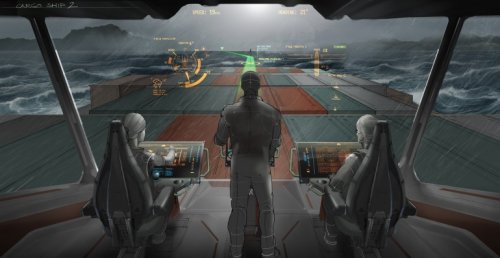 future-cargo-ship-0.jpg69.1 KB · Views: 446
future-cargo-ship-0.jpg69.1 KB · Views: 446 -
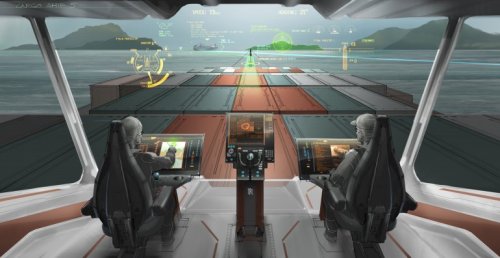 future-cargo-ship-1.jpg75.3 KB · Views: 434
future-cargo-ship-1.jpg75.3 KB · Views: 434 -
 future-cargo-ship-2.jpg68.1 KB · Views: 418
future-cargo-ship-2.jpg68.1 KB · Views: 418 -
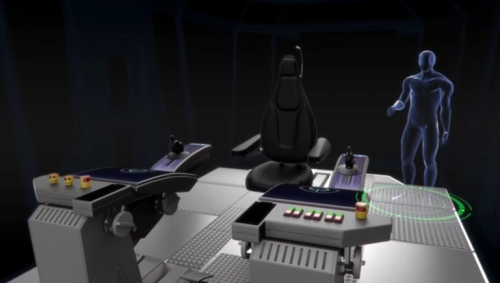 future-cargo-ship-4.PNG290.1 KB · Views: 402
future-cargo-ship-4.PNG290.1 KB · Views: 402 -
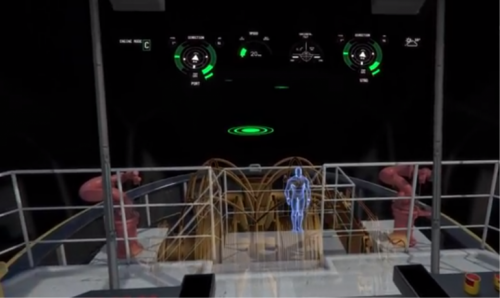 future-cargo-ship-5.PNG300.2 KB · Views: 374
future-cargo-ship-5.PNG300.2 KB · Views: 374 -
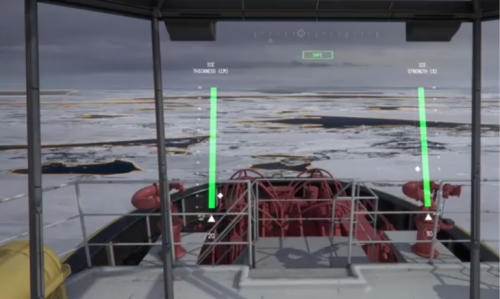 future-cargo-ship-6.PNG385.4 KB · Views: 55
future-cargo-ship-6.PNG385.4 KB · Views: 55 -
 future-cargo-ship-7.PNG355.8 KB · Views: 49
future-cargo-ship-7.PNG355.8 KB · Views: 49 -
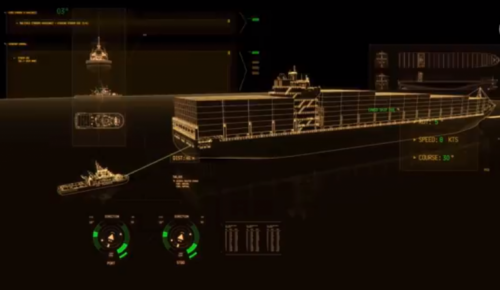 future-cargo-ship-8.PNG214.6 KB · Views: 61
future-cargo-ship-8.PNG214.6 KB · Views: 61
